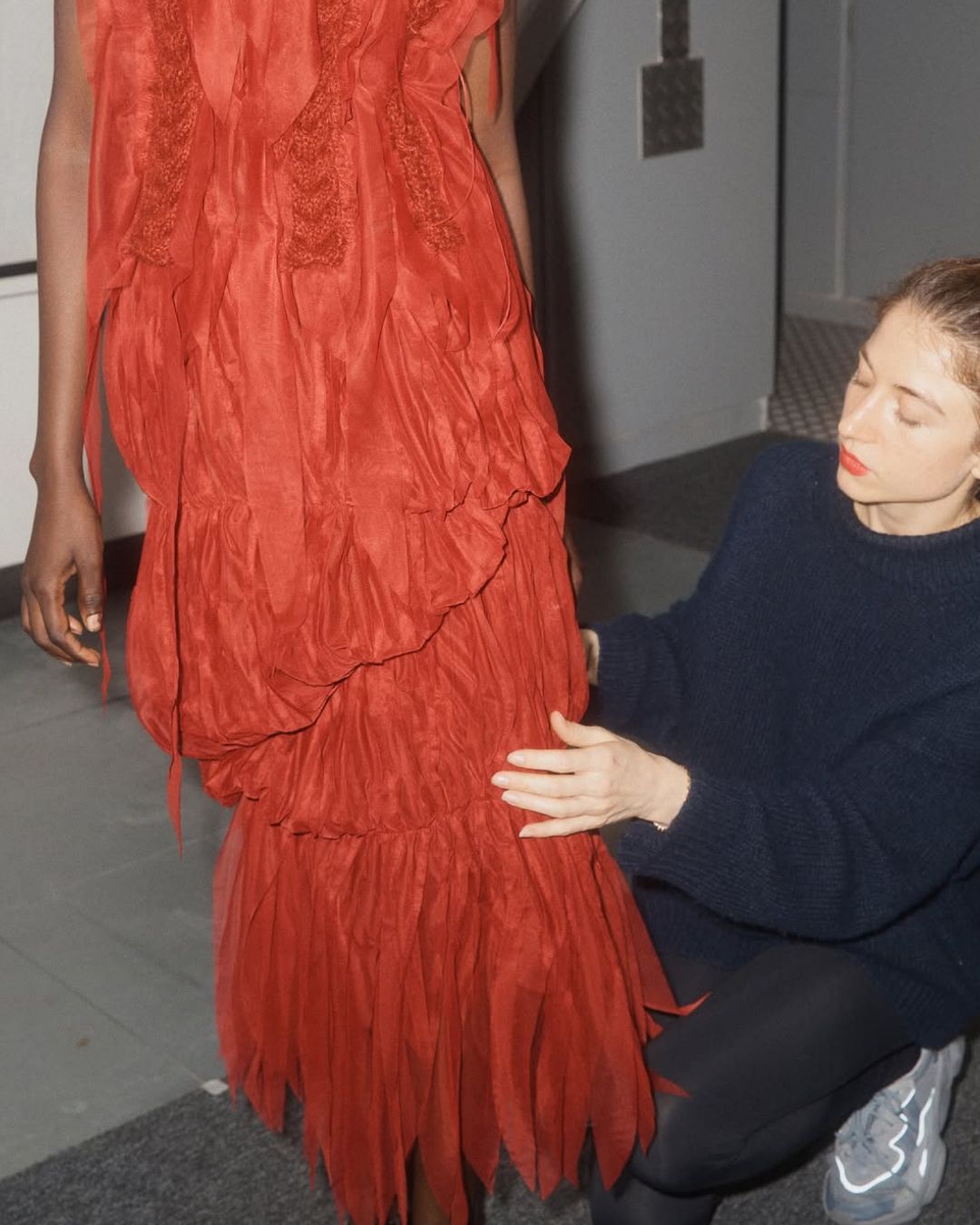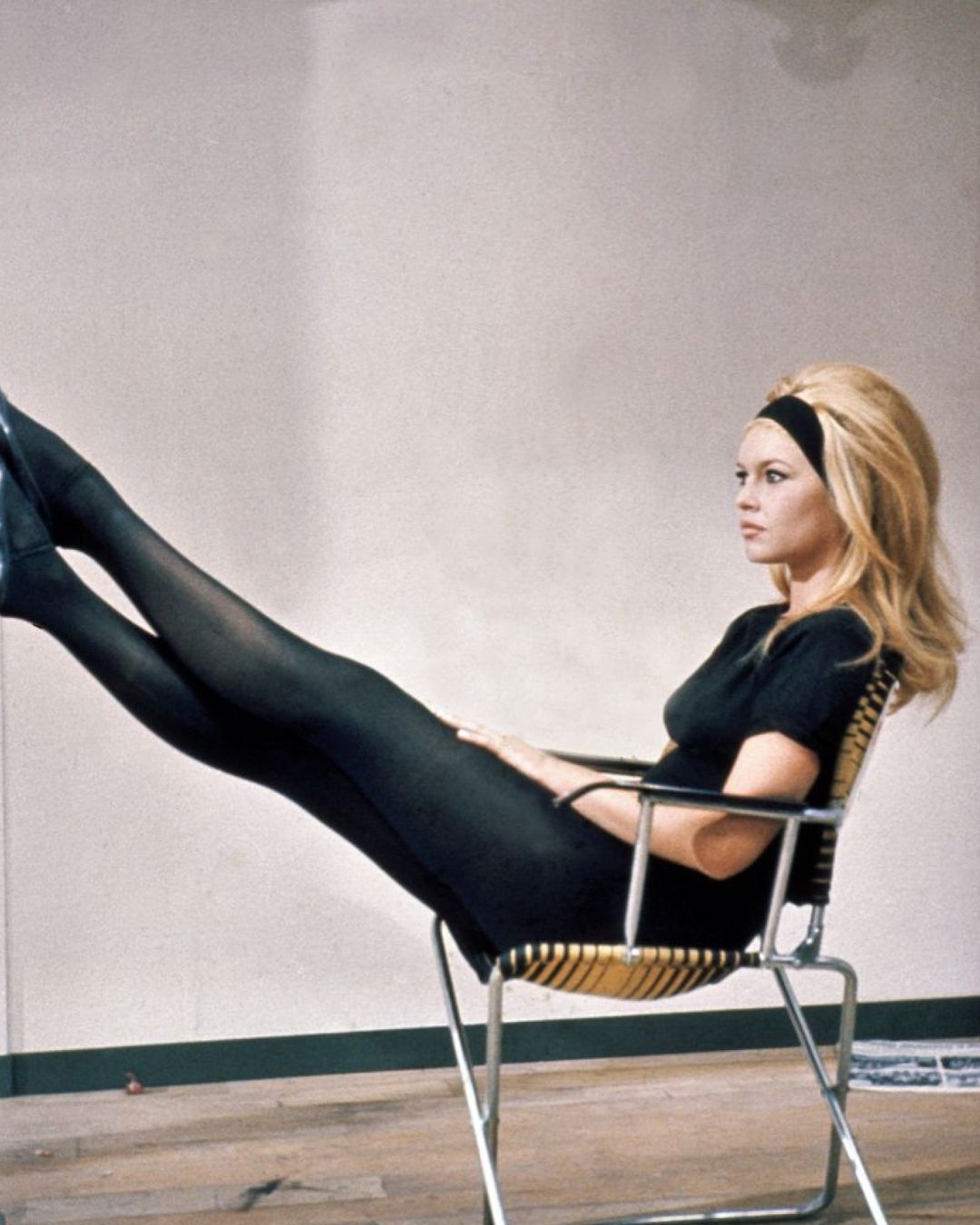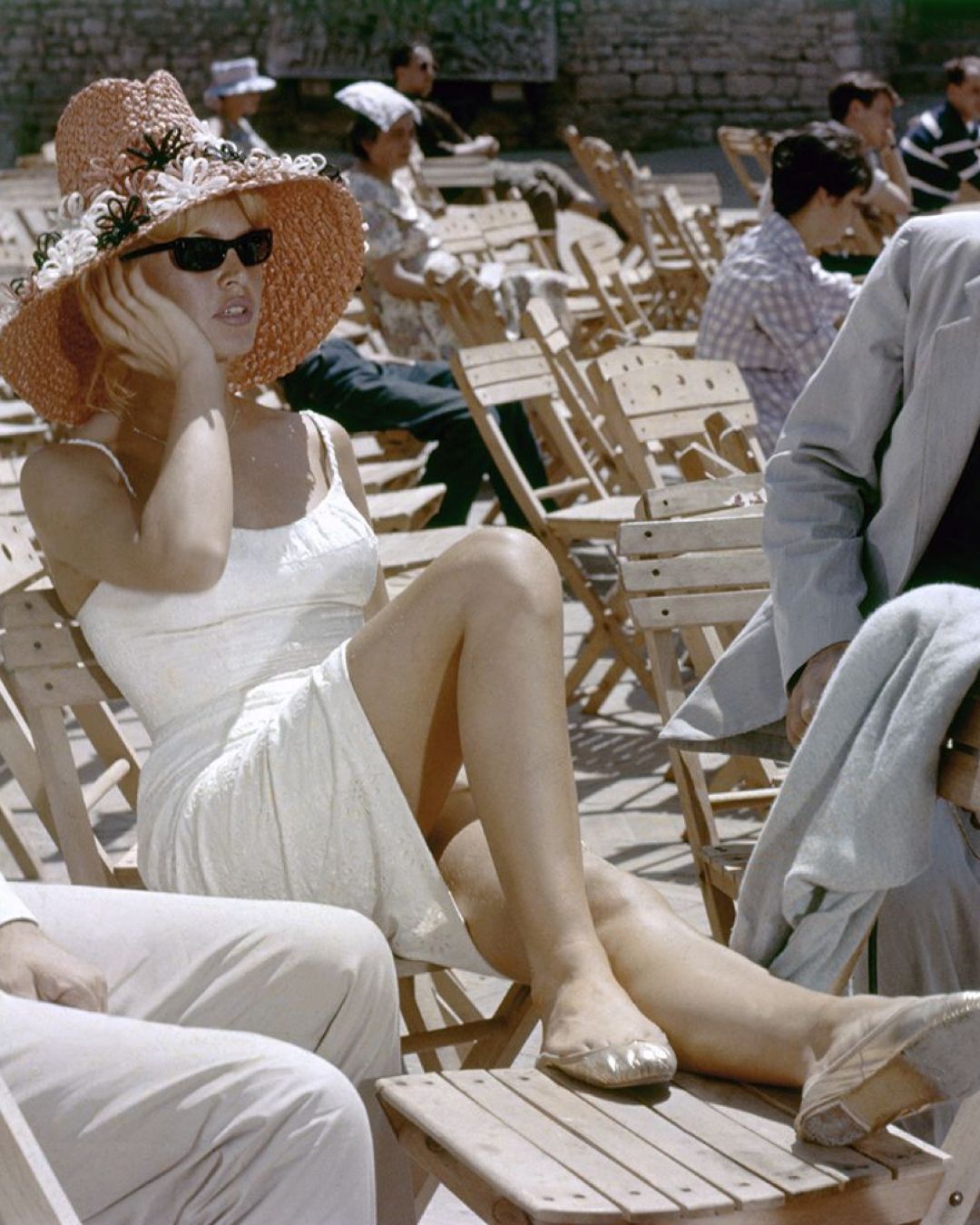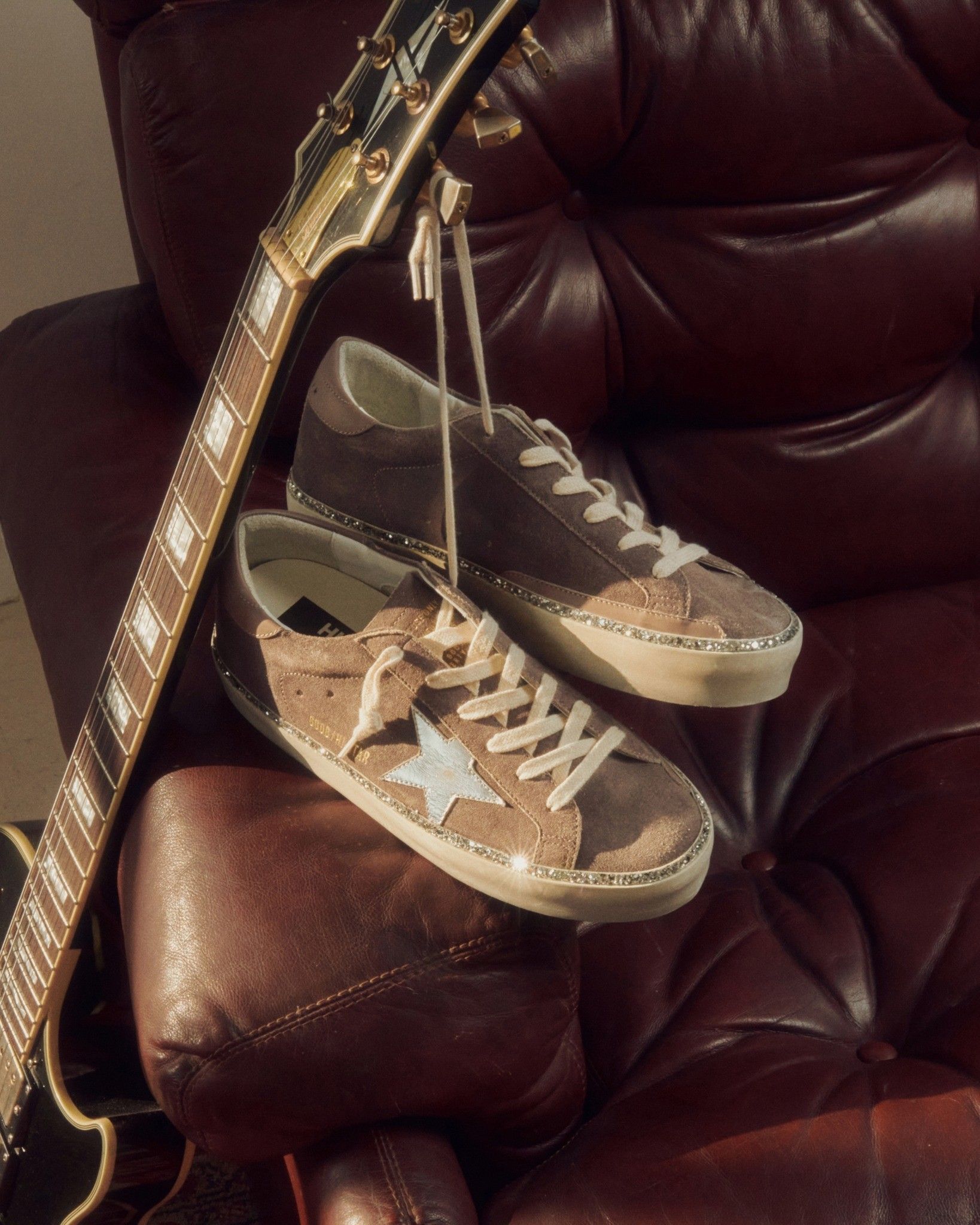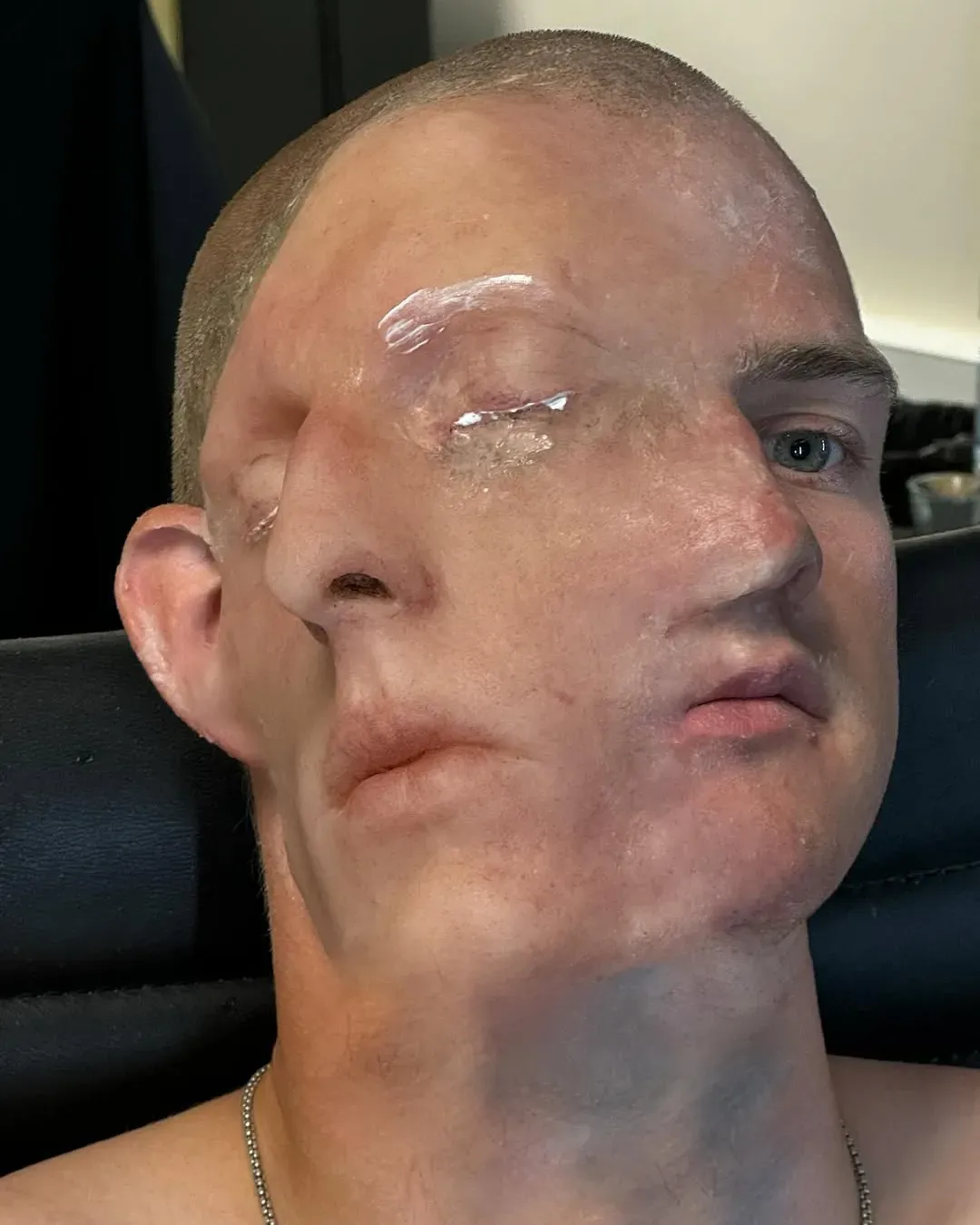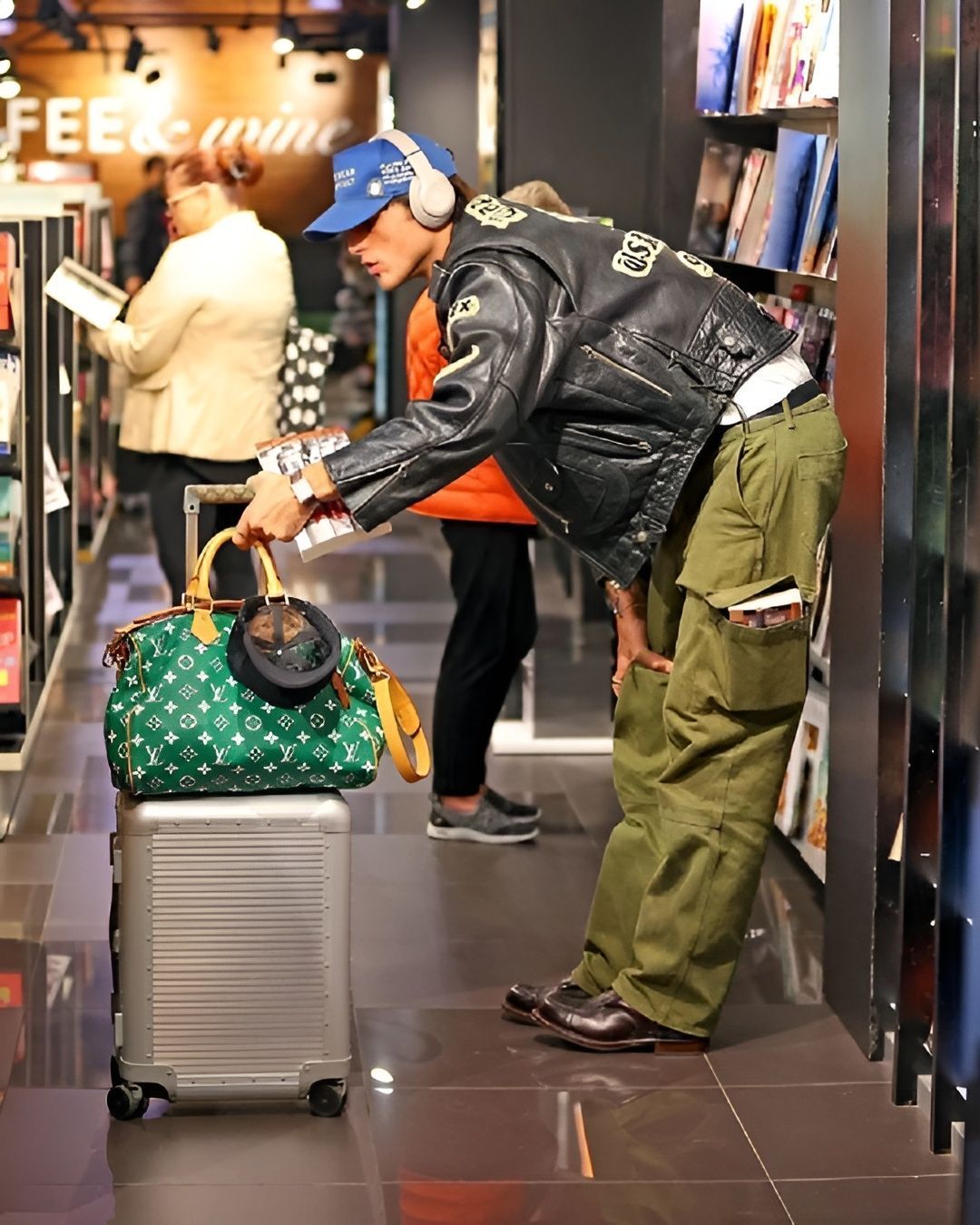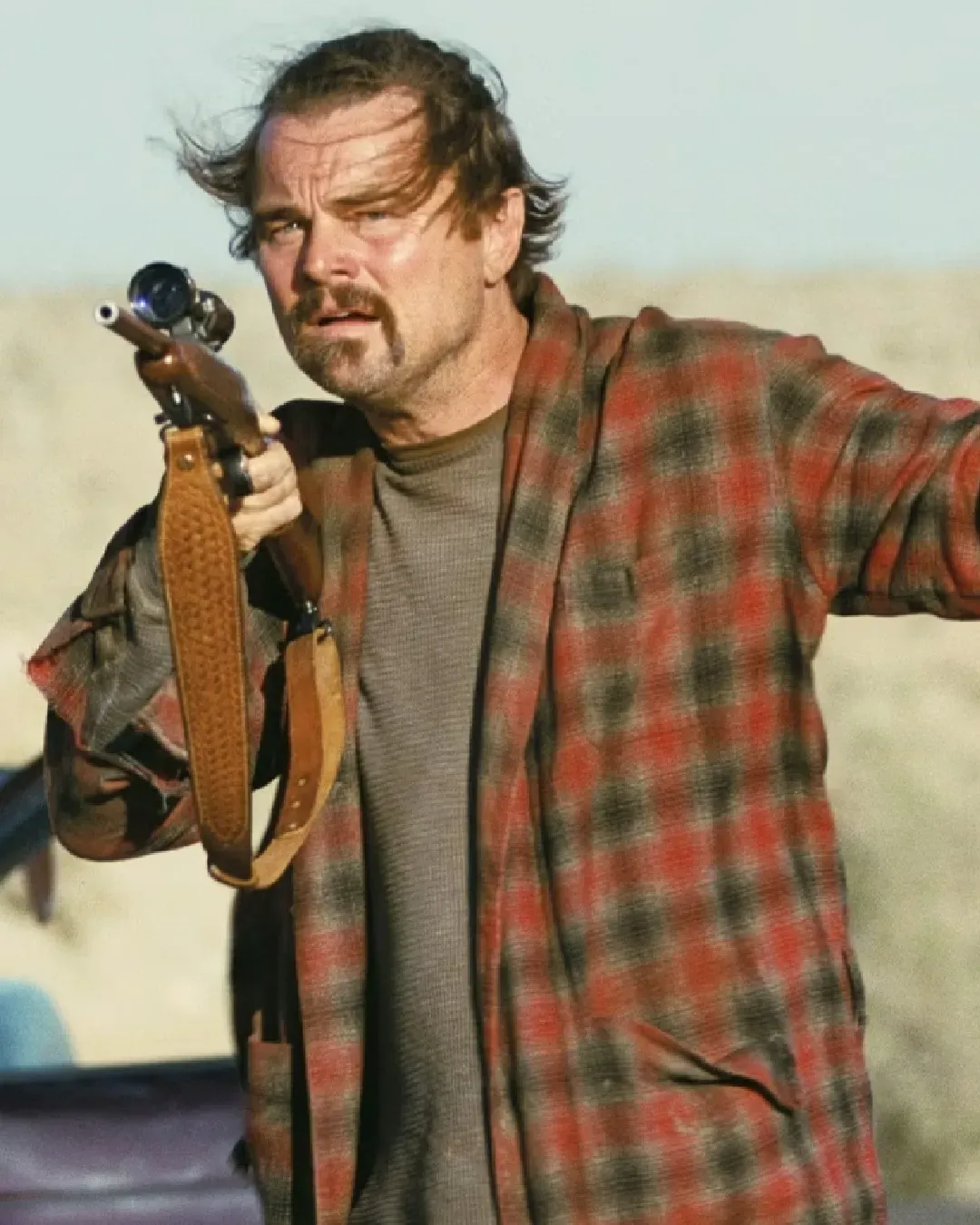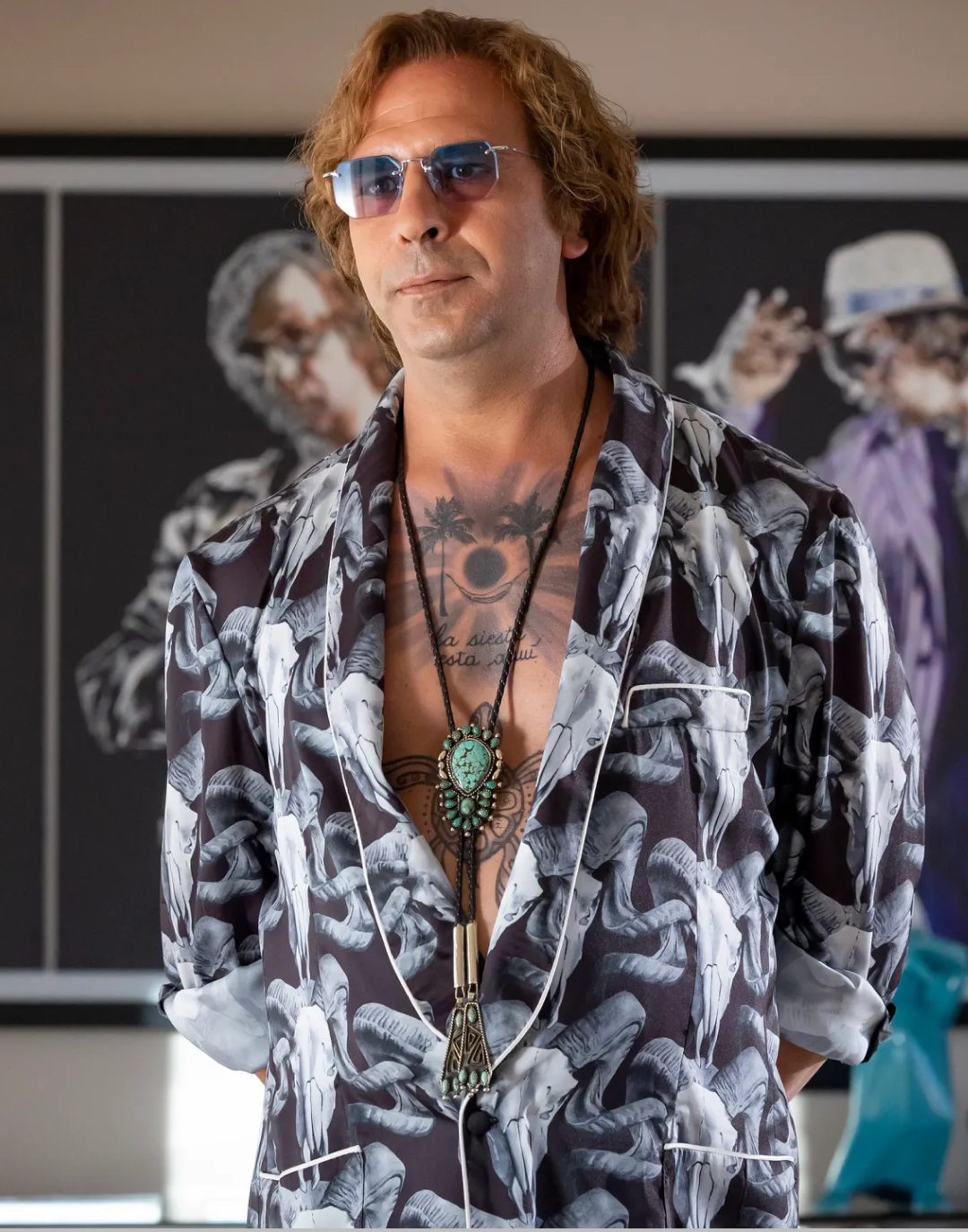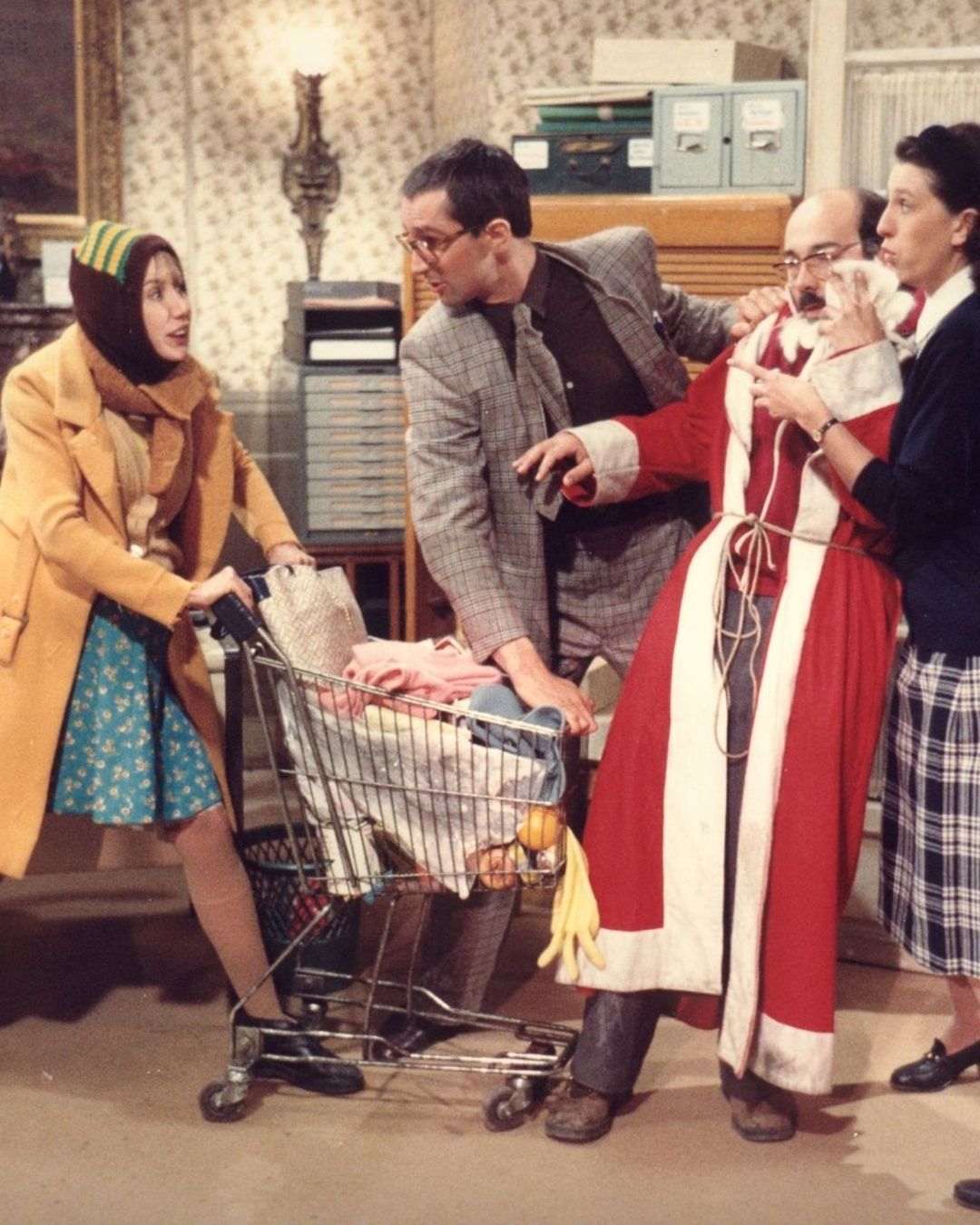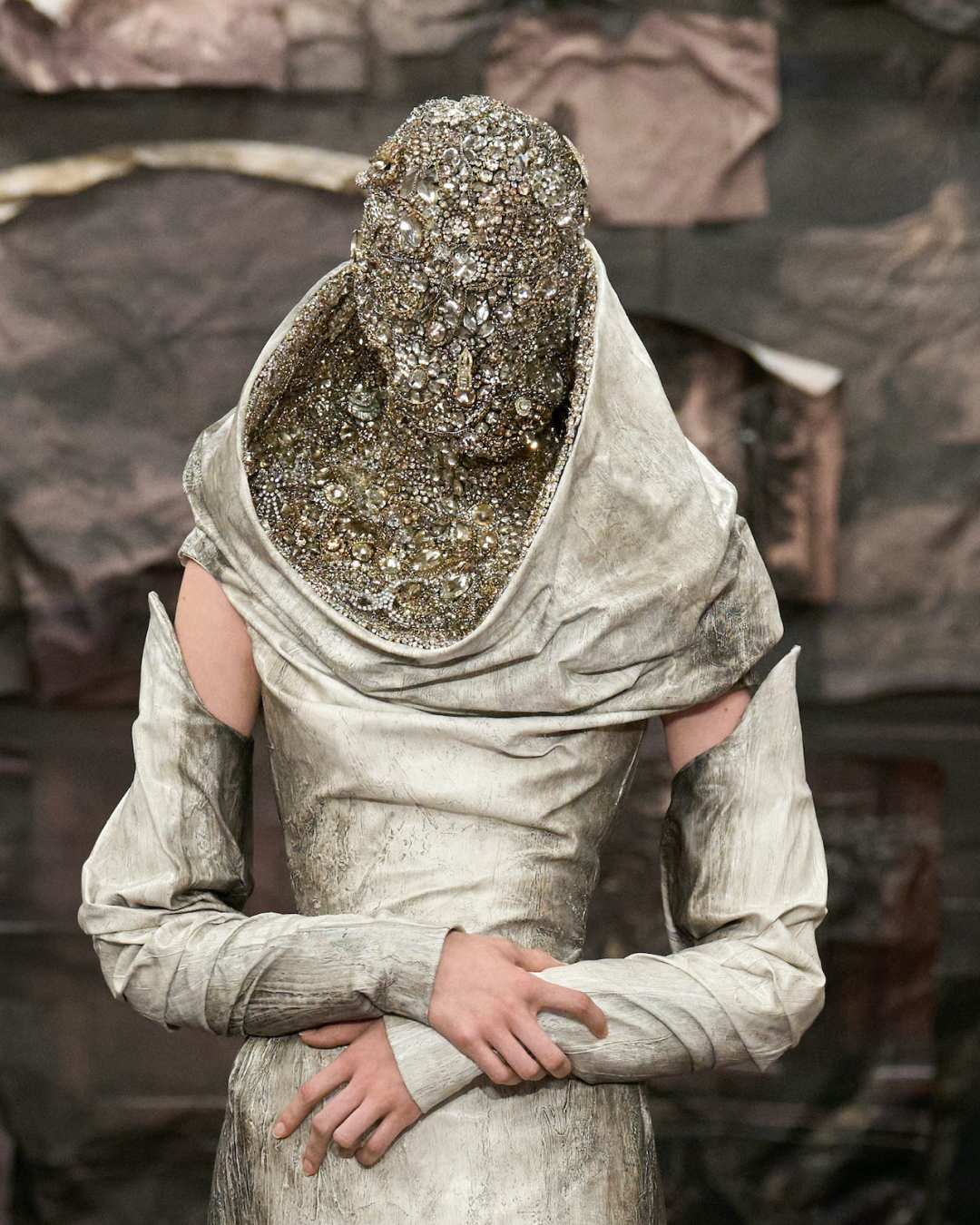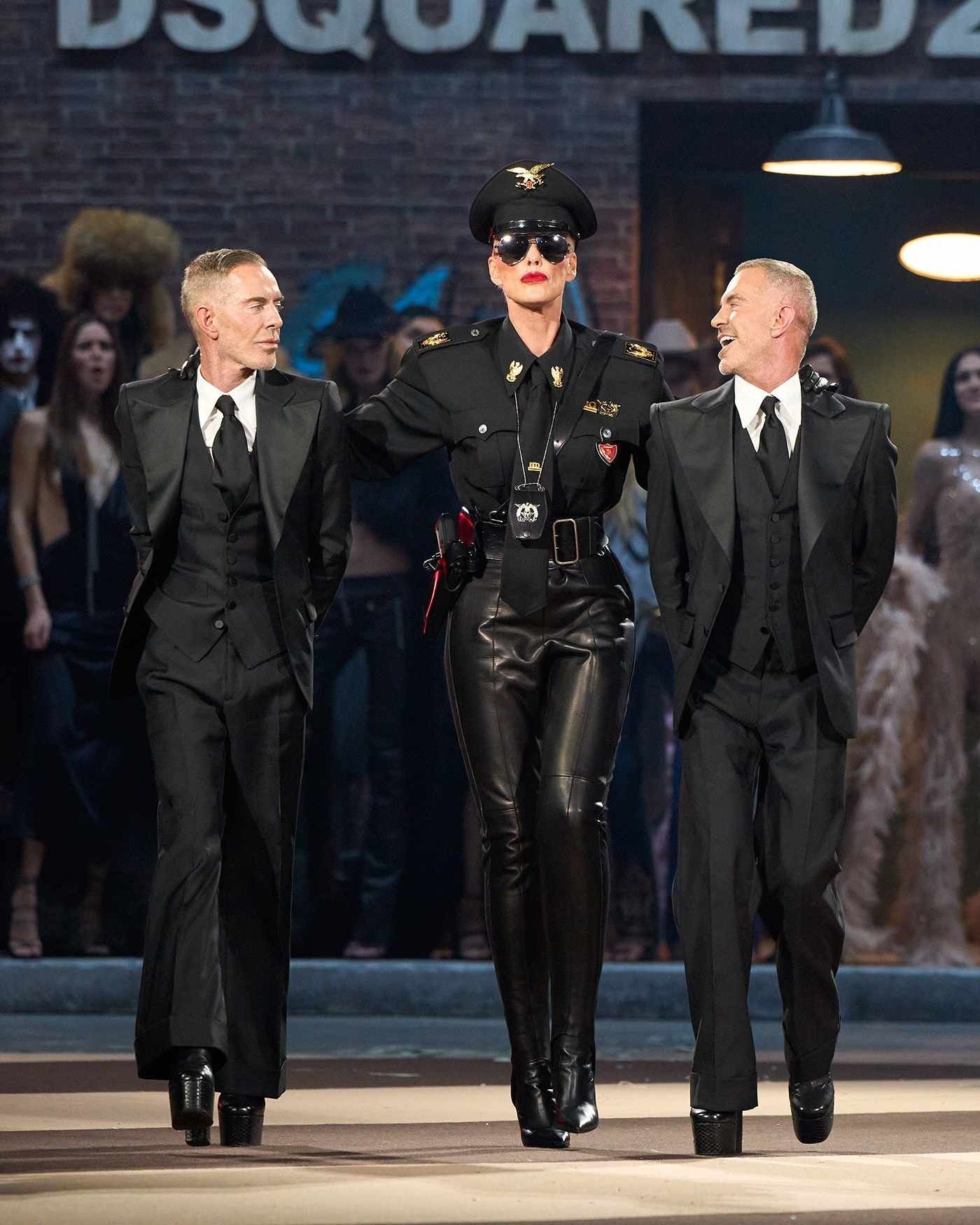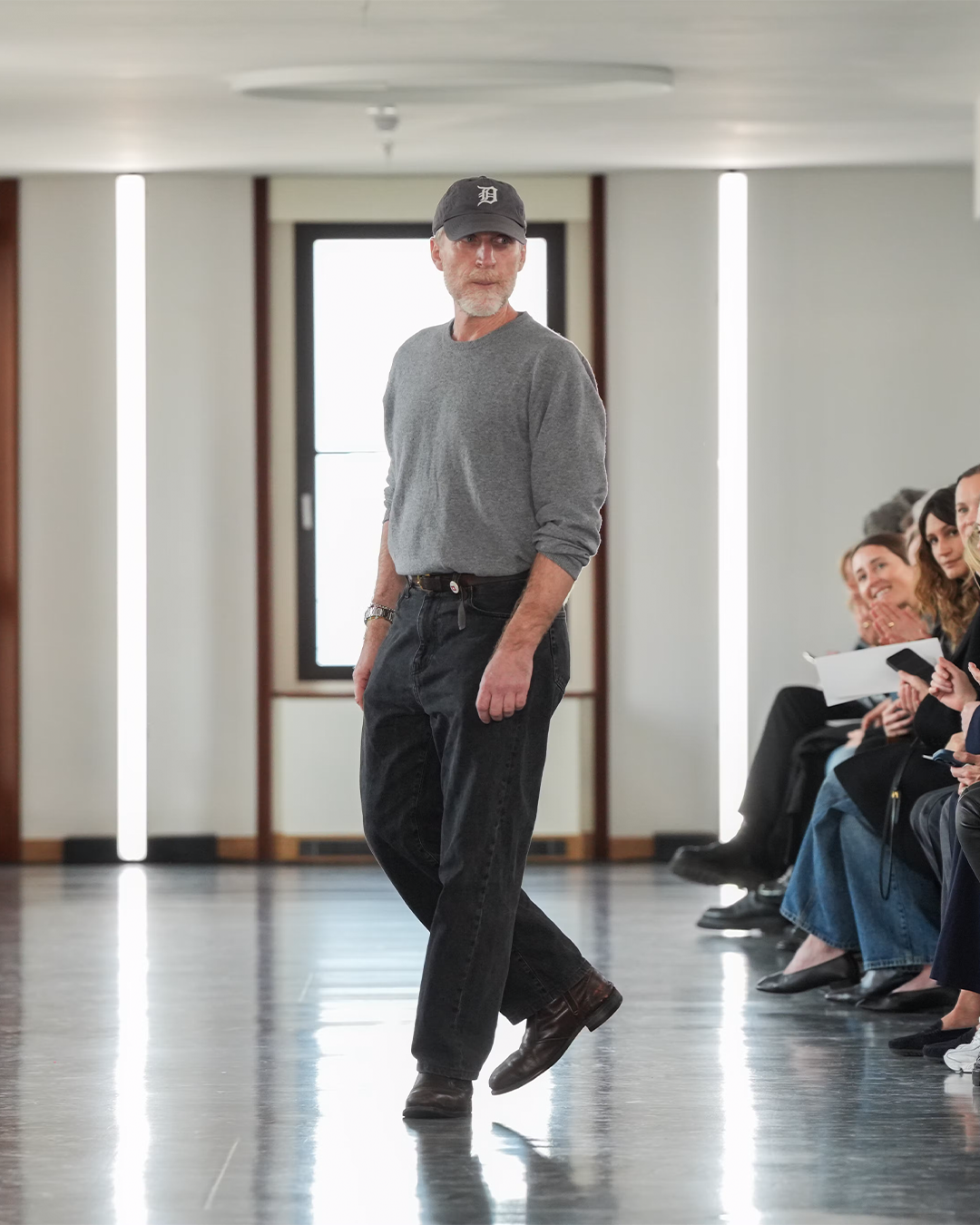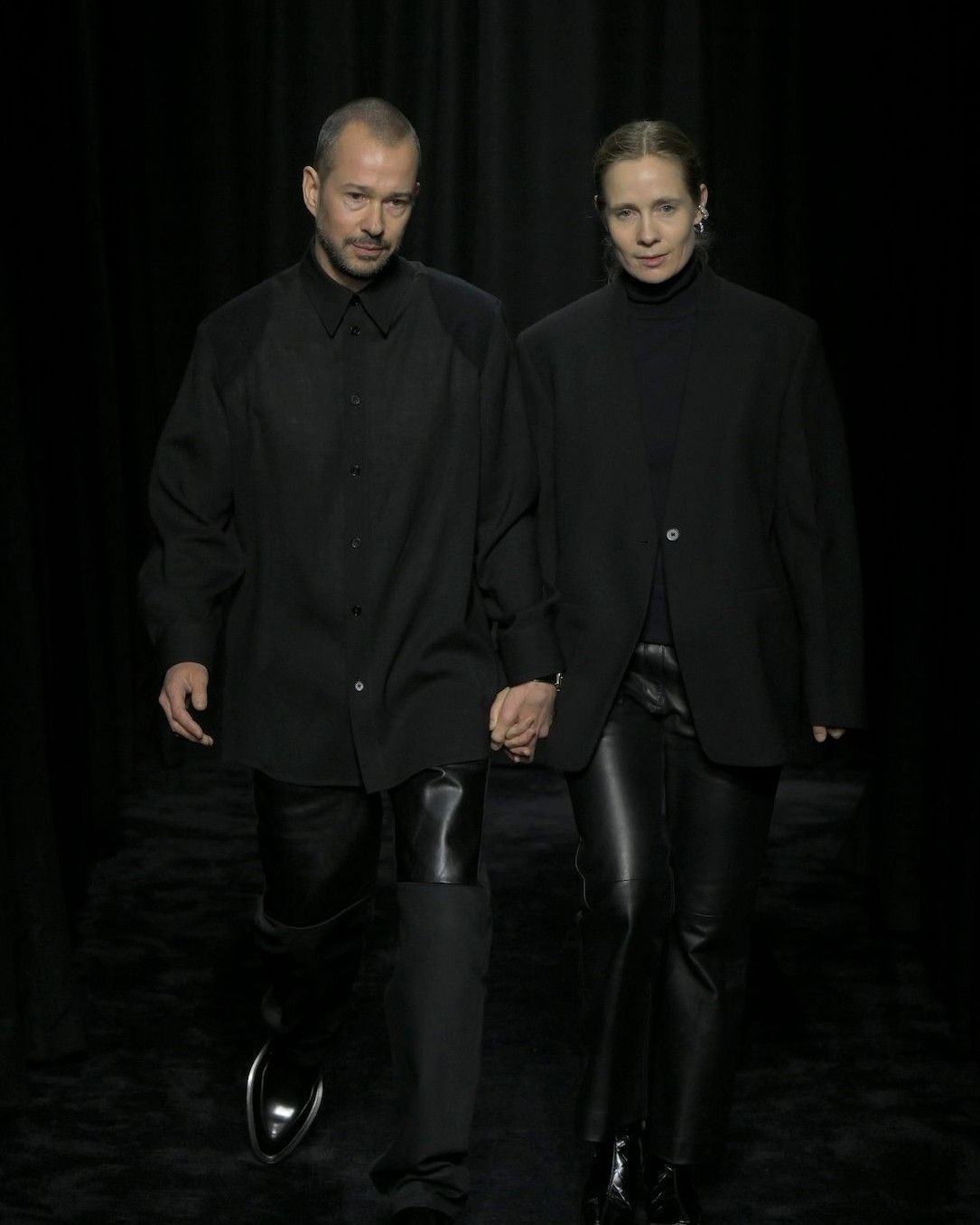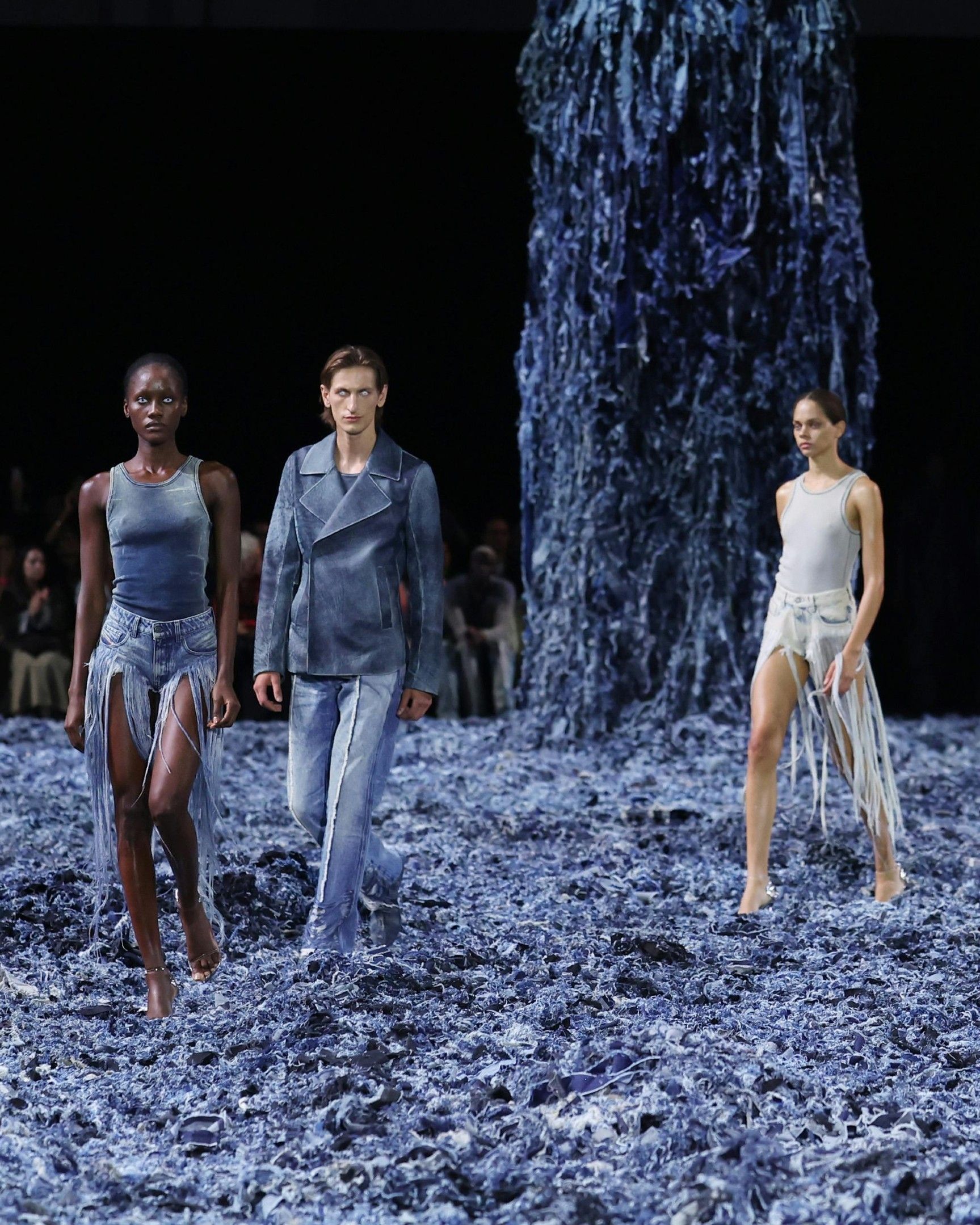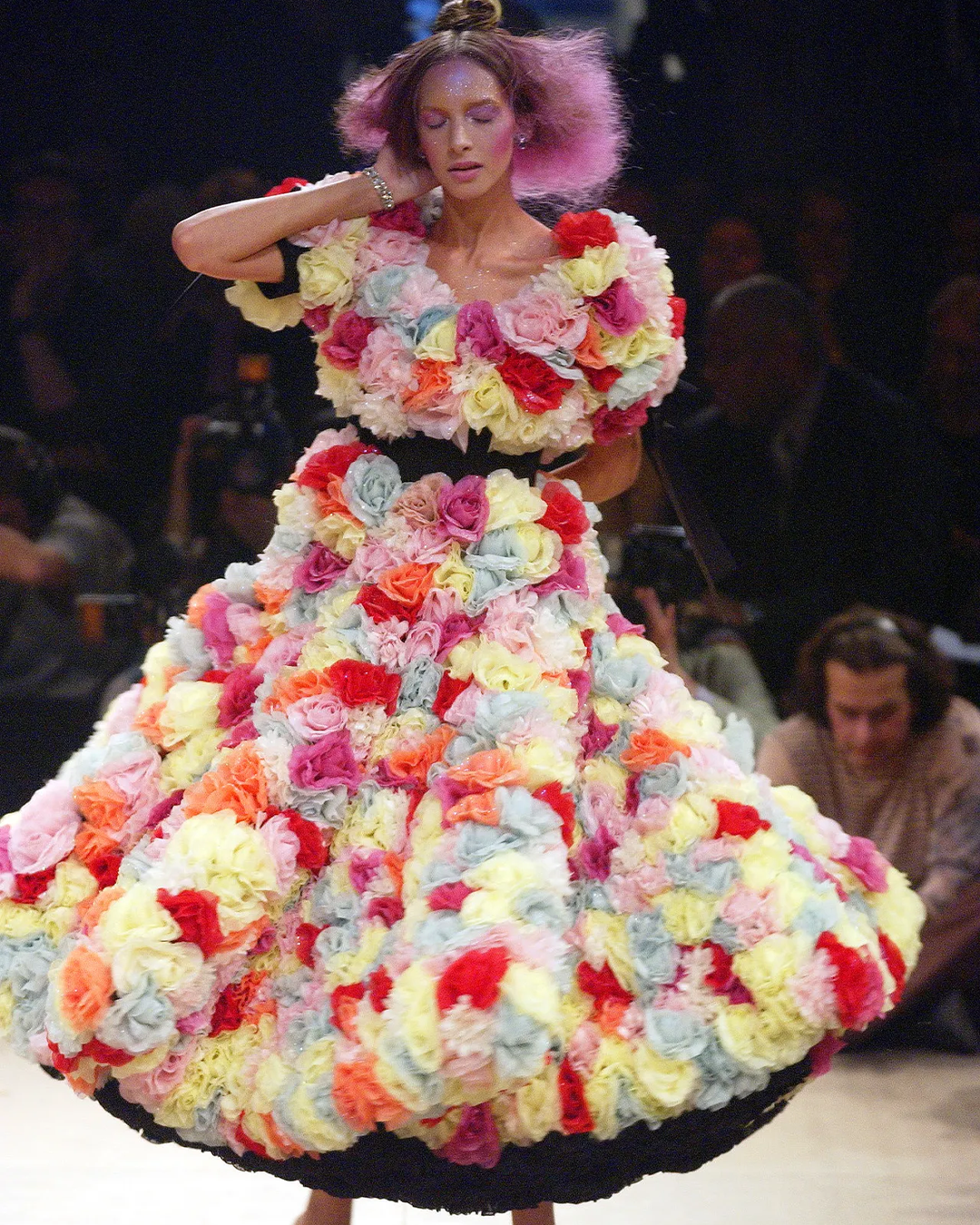
Viktor&Rolf makes a comeback with its reay-to-wear-line OTB's Couture brand aims to expand into a more accessible market
It seems that 2025 is shaping up to be a year of major transformations within OTB, both for the group’s leading brands and for those that are seemingly more under the radar. The internal reorganization is affecting multiple levels of the group, highlighting a transitional phase in which priorities and strategies are being reassessed. After the creative switch of Glenn Martens, who is now overseeing the creative direction of the group’s two flagship brands, the departure of the Meiers from Jil Sander, and the ongoing legal dispute with DSQUARED2, even the less media-exposed brands are experiencing a phase of repositioning. This is the case for Viktor&Rolf, the Dutch maison which, after years, focused almost exclusively on Haute Couture, has officially announced its return to the ready-to-wear segment. According to MF Fashion, this comeback marks a new phase for the brand founded by Viktor Horsting and Rolf Snoeren. The return will take effect starting from the FW26 season, with a debut scheduled at Paris Fashion Week: the brand will be added to the official calendar with two fixed yearly presentations, in March and October. A decision that emphasizes the intent to reenter the international ready-to-wear circuit decisively, not only to expand the brand’s commercial reach but also to redefine its positioning at a time when the entire OTB group seems to be undergoing a significant evolution.
Compared to the past, however, this new direction in ready-to-wear will be radically different — not only in terms of creative assumptions but also in production and distribution mechanisms. “In the past we worked under license, now we manage everything in-house,” explained founders Viktor Horsting and Rolf Snoeren. In fact, production will be predominantly based in the Netherlands, with additional selected manufacturing sites across Europe, signaling a return to direct control over both the supply chain and the creative process. As for distribution, the brand will adopt a hybrid approach: direct sales through its own e-commerce platform, alongside a carefully selected network of global wholesale partners still being defined. The designers shared that each collection will include around 120 pieces and will serve as a bridge between the brand’s couture essence and a more accessible vision of daily wear. The debut collection for the upcoming season will feature references to the brand’s heritage, reinterpreted through a contemporary lens.
viktor & rolf SS07 pic.twitter.com/jx3L0nQy4y
— ؘ (@margielassss) April 30, 2025
The return to ready-to-wear by the Dutch maison can therefore be seen as an acknowledgment of the current dynamics in the luxury market: while haute couture remains powerful in terms of imagination and image-making, its economic impact is limited, and it can hardly sustain a brand’s weight within a structured group on its own. It’s no coincidence that Horsting and Snoeren have chosen to completely shift their approach, abandoning the licensing model in favor of internalizing both production and creative control — a clear sign of a desire for greater consistency and oversight, but also of the need to optimize margins in a more competitive context. The economic environment, in fact, demands new considerations. In 2024, OTB experienced a slowdown that cannot be ignored, especially in relation to the Chinese market and the wholesale channel — two areas that have historically provided stability and growth. In response, the expansion of the direct retail channel and increased investment in innovation are part of a broader strategy to reduce dependence on more traditional and less profitable distribution models. Only time will tell, however, whether this new chapter for Viktor&Rolf will bring the desired results.


